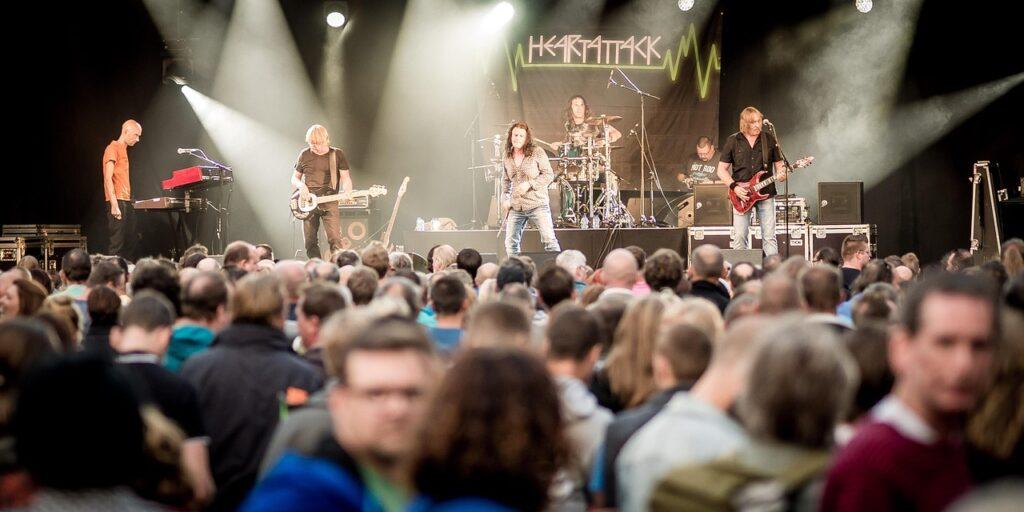Do you want to know how to play the open D minor guitar chord? Do you want to know why it sounds sad? Minor chords have a sweet, haunting sound. Open D minor has medium difficulty, but with the right fingering strategies, it’s not that hard to play. Keep reading “How to Play the Sad Sounding D Minor Chord” to find out how to best play open D minor. Estimated reading time 3 minutes.
Read More

